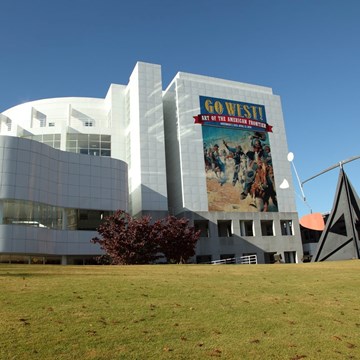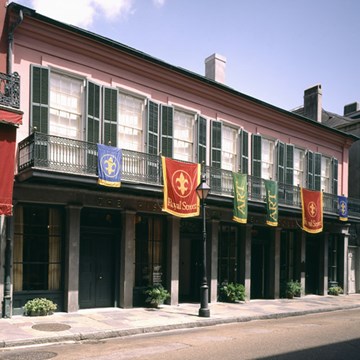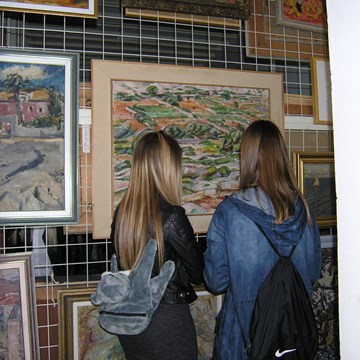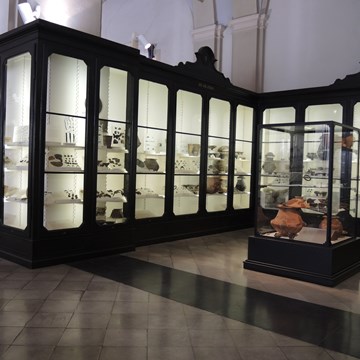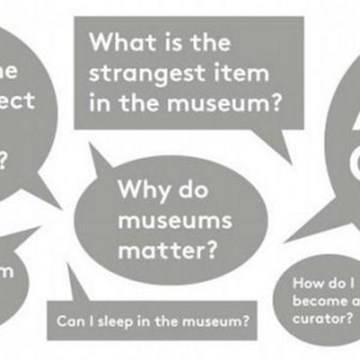Exploratorium
The Exploratorium - the museum of science, art, and human perception - is a museum in San Francisco full of hundreds of hands-on exhibits, most of them made onsite, that mix science and art. It also aims to promote museums as informal education centers.
Founded in 1969 by the noted physicist and educator Frank Oppenheimer, the Exploratorium offers visitors a variety of ways—including exhibits, webcasts, websites and events—to explore and understand the world around them.
The Exploratorium's museum floor is the public face of the Exploratorium, a laboratory for the research and development of innovations in exhibits for exploring science, art, and human perception. Examples of exhibits one can view are mouse stem cells beating like heart cells or worms glowing green with the implanted phosphorescence of a jellyfish gene, or one can encase one's head in a giant bubble. One can experience many exhibits that have been developed specifically for the online audience on the Exploratorium's website.
Developed in-house through extensive research and development, well more than 700 Exploratorium exhibits, with over 400 currently on view, have been designed to spark curiosity, regardless of age or familiarity with science. Exhibits cover a range of subject areas, including human perception (such as vision, hearing, learning and cognition), the life sciences, and physical phenomena (such as light, motion, electricity, waves and resonance, and weather). A wide variety of public programs, artists-in-residence projects, and demonstrations accompany all exhibit collections.
Text source: http://en.wikipedia.org/wiki/Exploratorium
Photo source: http://commons.wikimedia.org/wiki/File:Palace_of_Fine_Arts_SF_CA.jpg
Exhibitions and events
We don't have anything to show you here.
Educational programs
We don't have anything to show you here.
Collections
We don't have anything to show you here.

